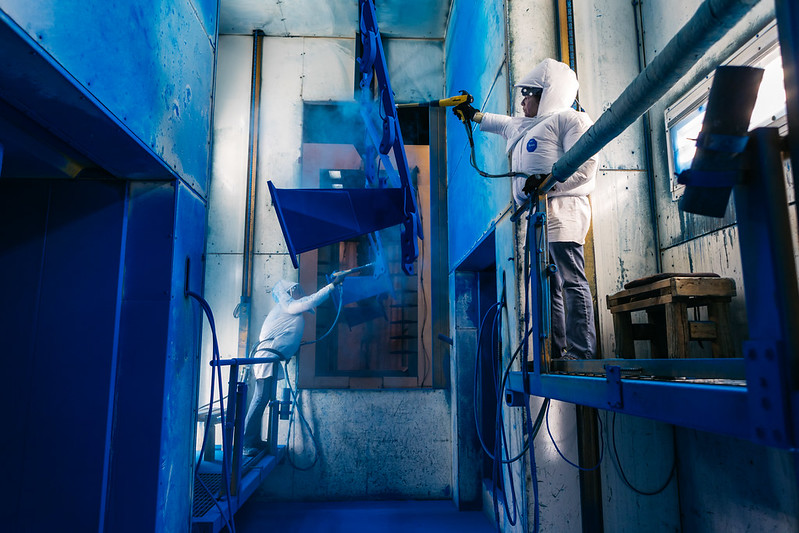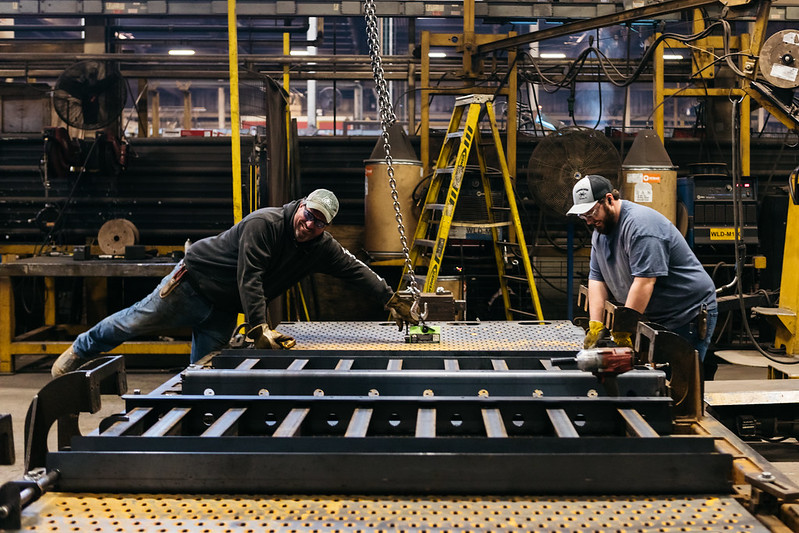AEM this week published a position paper detailing recommendations and outlining solutions for policymakers focused on equipment manufacturers’ efforts to adopt alternative power technologies.
The paper, entitled “Moving Forward with Alternative Power: Understanding the Opportunities and Risks for the Non-road Equipment Industry,” aims to educate key stakeholders on the challenges and opportunities facing equipment OEMs and component suppliers as they work to meet future market demands while taking steps toward decarbonizing the industry.
“For decades, AEM members and their industry peers have invested heavily in powertrain improvements, new technologies, and emissions reductions to enhance the environmental profile of their products,” said AEM Vice President of Construction & Utility Sectors John Somers. “Equipment manufacturers are committed to continually reducing our carbon footprint, but our industry needs policymakers to understand the cost, effort, in-field challenges, and time involved in doing so.”
Decarbonizing the industry is poised to take years of technology advancements, research investments, customer acceptance, and infrastructure investments. Each requires committed resources from industry, friendly policy decisions from government, and growing customer demand. However, AEM and its members have made several key recommendations that will ensure the smoothest transition possible. To reach the goals of policymakers, all stakeholders must:
- Consider a holistic approach to GHG reductions, rather than simply “focusing on the tailpipe,” to ensure a flexible and robust decarbonization transition.
- Consider avoiding overly prescribed policy approaches that neglect to consider new processes and technologies that can contribute to GHG reductions, and which allow flexibility for OEMs as they develop these alternative power solutions.
- Consider broad-based incentive programs to accelerate future adoption of alternative powered equipment.
- Support flexible infrastructure planning when determining the role of alternative powered equipment in the construction, agriculture, forestry, utility, and mining sectors.
- Appreciate the lead time necessary for industry to develop these technologies and allow for ample time for a robust market to develop.
- Promote worksite safety training programs for users of these new technologies.
- Consider the impact that other global regulatory actions may have on the transition to a decarbonized non-road sector.
AEM’s Safety & Product Leadership Department, in conjunction with AEM’s Ag and CE Sector teams, work to address ever-increasing global demands on equipment manufacturers to develop machines that are safe, productive, and compliant. Through its many safety, environmental, and global compliance activities, and programs, AEM helps ensure its members maintain and grow market access. To learn more, visit aem.org/safety-product-leadership.
“AEM believes collaboration between policymakers and industry can deliver future environmental benefits for all,” said AEM Senior Director of Safety & Product Leadership Jason Malcore. “And, as the industry continues to invest its resources into new alternative power technologies, we hope this position paper can lead to future conversations and collaborations in support of common goals.”
For more information on “Moving Forward with Alternative Power: Understanding the Opportunities and Risks for the Nonroad Equipment Industry,” contact AEM’s John Somers at jsomers@aem.org or Jason Malcore at jmalcore@aem.org.
Subscribe to the AEM Industry Advisor for more AEM news and updates.





